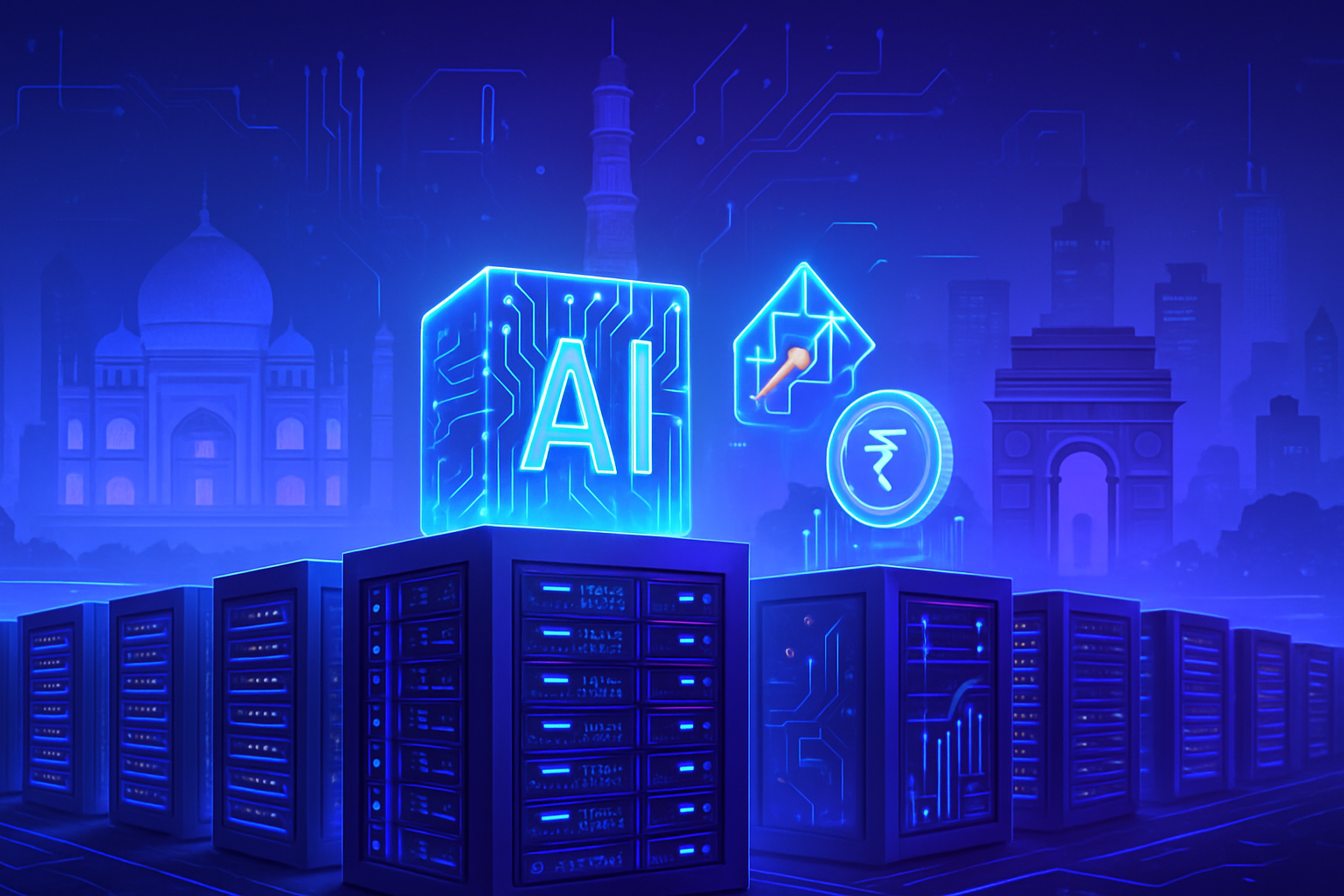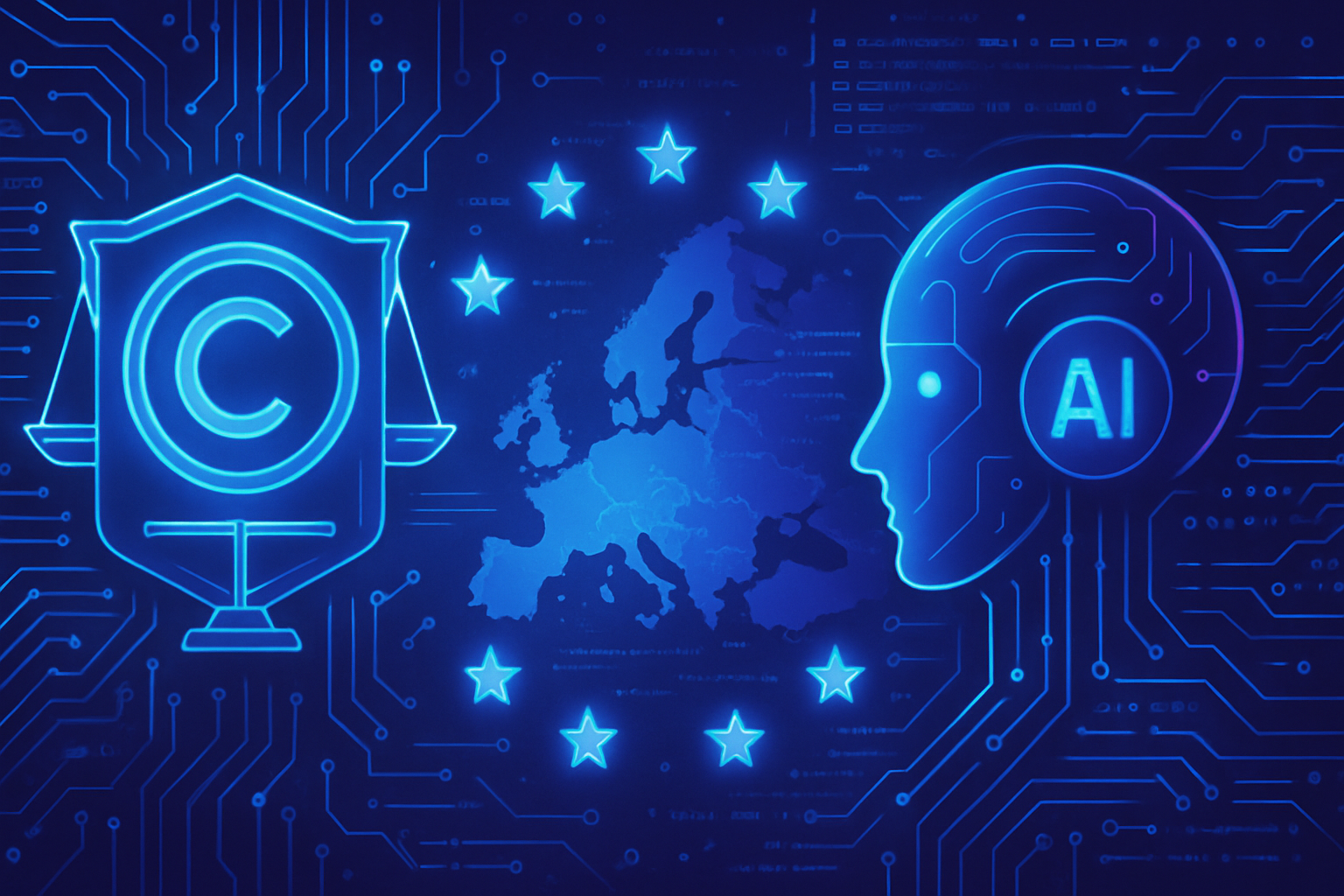The reuse of personal data is emerging as a major issue in the current digital ecosystem. An informed approach ensures legal compliance. The uncertainties surrounding the legality of this practice remain concerning for industry players. The recommendations from the Cnil provide a valuable framework, outlining key steps to avoid severe sanctions. Reusing accessible data requires vigilance and rigor. This process, while timely, calls for an unwavering respect for individuals’ rights.
Reuse of personal data: legal framework to respect
Data controllers must navigate cautiously when considering the reuse of personal data. Vigilance is necessary to avoid any unlawful use of accessible information. This legal framework is defined in part by the General Data Protection Regulation (GDPR), which imposes strict obligations on entities that process personal data.
Check the legality of reuse
The National Commission for Informatics and Freedoms (Cnil) emphasizes that any reuse must rely on the legality of the source of the data. The process begins with a two-step verification: the first must ensure that the constitution or sharing of the data is not manifestly unlawful. This involves examining the methods of initial data collection.
Principle of no manifest unlawfulness
The major principle is to ensure that no violation of data protection laws has been committed by the previous data controllers. In the absence of obvious signs of such unlawfulness, reuse could be considered. The Cnil specifies that controllers do not need to conduct in-depth verifications regarding each applicable legislative framework.
Associated legal risks
The consequences of abusive reuse can prove severe. Reusing data collected unlawfully can lead to prosecutions for receiving stolen goods. Legal sanctions in case of conviction can reach 5 years of imprisonment and 375,000 euros in fines. Therefore, meticulous evaluation is essential to avoid such pitfalls.
Data evaluation before reuse
Before taking action, it is necessary to evaluate the quality and context of the data. Personal data can carry different meanings depending on their context of origin. Controllers must take these variations into account to ensure that reuse does not distort the original purpose.
Respect for the rights of individuals concerned
The rights of individuals over their personal data are at the heart of the legal framework. Data controllers must ensure respect for these rights by providing clear and accessible information. Each individual must understand the use that will be made of their data and give informed consent.
Open Data and ethical exploitation
Open data offers considerable potential for research and innovation. However, the reuse of this data is not free from ethical constraints. The Cnil recommends properly identifying the source of each data point before exploiting it to ensure compliant use according to ethical standards.
Ensuring good practices
Public and private actors wishing to reuse data must comply with good practices regarding data protection. This includes considering current regulations and aligning with privacy protection standards. Particular attention must also be paid to the integrity and security of the data.
For responsible innovations
The coalition between innovation and the preservation of personal data appears as a major issue. Companies and researchers must act responsibly to optimize the use of data while ensuring the protection of individuals’ rights. A balance must be found between technological aspirations and legal requirements.
Future vision: towards ethical data use
Promoting a culture of responsible data reuse could foster scientific advancements while preserving existing rights. The implications of this approach extend well beyond the legal framework, touching on ethical values and public trust in data processing systems.
To explore this subject further, consult the article on the implications of artificial intelligence and data protection and explore the challenges related to open data in research.
Frequently asked questions
What steps should be followed to reuse accessible data while respecting the legislation?
The steps include verifying the legality of the constitution of the data, ensuring they are not manifestly unlawful, and examining any applicable regulatory framework, such as the GDPR.
What risks are involved in the illegal reuse of personal data?
In the case of illegal reuse, there is a risk of prosecution for receiving stolen goods, with penalties of up to 5 years imprisonment and 375,000 euros in fines.
Do I need to conduct in-depth checks on GDPR compliance for every data reuse?
It is not necessary to conduct in-depth checks on GDPR compliance, but it is essential to ensure that the constitution or sharing of the data is not manifestly unlawful.
What is considered a “manifestly unlawful” database according to the CNIL?
A database is considered manifestly unlawful if its constitution or sharing violates laws, whether data protection laws or copyright laws, for example.
What data sources can be used for scientific research?
One can use freely accessible personal data or data held by third parties, including open databases, provided that legal rules are respected.
What advice does the CNIL offer to businesses wishing to reuse data?
The CNIL advises businesses to conduct a risk assessment, consult current regulations, and ensure the protection of personal data during reuse.
How can I know if data published online can be reused?
Before reusing data, it is important to check their legal status, analyze the reuse conditions indicated by the rights holder, and ensure no regulations are violated.
What is the difference between open data and other accessible data?
Open data is specifically made available for reuse, often with clear licenses, while other accessible data may have copyright or reuse restrictions.






